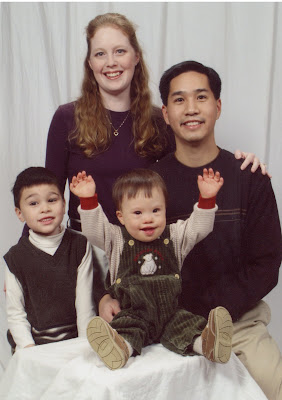Here's a significant sign of the times: "some homeowners not only cut their own grass but also trim the yards of vacant homes on their streets, hoping to deter gangs and criminals from moving in."
Also very interesting is how individualistic suburban single-family housing is being repurposed in light of changing economic realities:
. . . Nelson also estimates that in 2025 there will be a surplus of 22 million large-lot homes that will not be left vacant in a suburban wasteland but instead occupied by lower classes who have been driven out of their once affordable inner-city apartments and houses.The so-called McMansion, he said, will become the new multi-family home for the poor.
"What is going to happen is lower and lower-middle income families squeezed out of downtown and glamorous suburban locations are going to be pushed economically into these McMansions at the suburban fringe," said Nelson. "There will probably be 10 people living in one house."
In Shaun Yandell's neighborhood, this has already started to happen. Houses once filled with single families are now rented out by low-income tenants. Yandell speculates that they're coming from nearby Sacramento, where the downtown is undergoing substantial gentrification, or perhaps from some other area where prices have gotten too high.


2 comments:
Which means rethinking ministry and how I can love the people in my neighborhood now.
Does it also mean that since trends are always flowing and what was once poor urban is not chic and trendy that what will become poor sub-urban will later become chic and trendy? Look at me, all trendy before it was trendy.
Heather - Sometimes we can be so untrendy that we get trendy. Like old retro things that are actually in again.
And for every trend, there's a countertrend. The whole suburban/urban thing is so blurry these days, as old suburbs look more like old cities and new suburbs look more like new cities. A lot of formerly downtown upscale folks are moving out to the suburbs and are bringing all sorts of cool, trendy arts and restaurants and such with them. Whereas some urban centers are getting all the generic big box stores now. Go figure.
Post a Comment